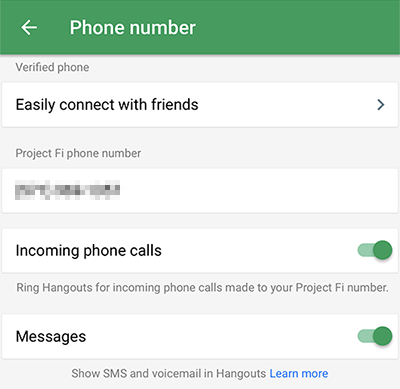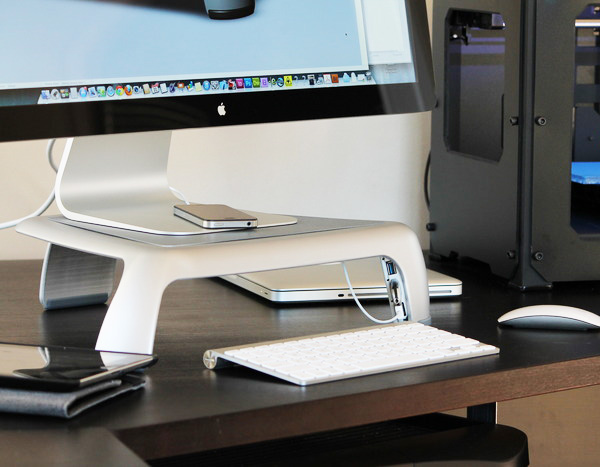
My newest novel, Scorpion, is available starting today. Let’s start with an excerpt from Publishers Weekly:
This stunning near-future thriller from Cantrell takes some truly breathtaking turns. CIA data analyst Quinn Mitchell is sent in pursuit of the Elite Assassin, an apparently unpredictable and unstoppable killer. Readers, meanwhile, are introduced to the inscrutable murderer Ranveer, whose killings efficiently carry out someone else’s master plan. Quinn’s clever investigation, using neatly extrapolated high-tech gadgets, is fascinating in itself, and, as the CIA receives missives from the future through the time-bending Epoch Index, Quinn’s search collides with some darkly fascinating thought experiments.
And one from Kirkus Reviews:
All this takes place in an only slightly futuristic world that snaps and bristles with technological capabilities that may seem distant or improbable but which are in fact just around the corner. There’s snappy dialogue, sharp observation, and compelling characters in Quinn, Ranveer, and Henrietta; the technology sings, the physics is plausibly presented, and the suggestion of time travel fascinates.
The story of Scorpion is almost as interesting as the one it tells. It started out in 2010 as a short story called The Epoch Index which was optioned a total of three times — once for film and twice for television. But Hollywood, I’m learning, is as much about timing as good storytelling, so it wasn’t until 2018 that it really began to resonate, attracting the attention of several studios. It ended up with FOX (now Disney) which gave me the opportunity to expand the story into a full-length novel with Random House. Three years later, The Epoch Index is now Scorpion, and while the core of the original story remains fully intact, I’ve had a huge amount of fun expanding the narrative beyond its original twist and cliffhanger.
Scorpion is available everywhere books are sold, so if you don’t mind a little inconvenience, this might be a good opportunity to help your local bookstore recover economically. If you get a chance to check it out, let me know your thoughts. I love interacting with readers!

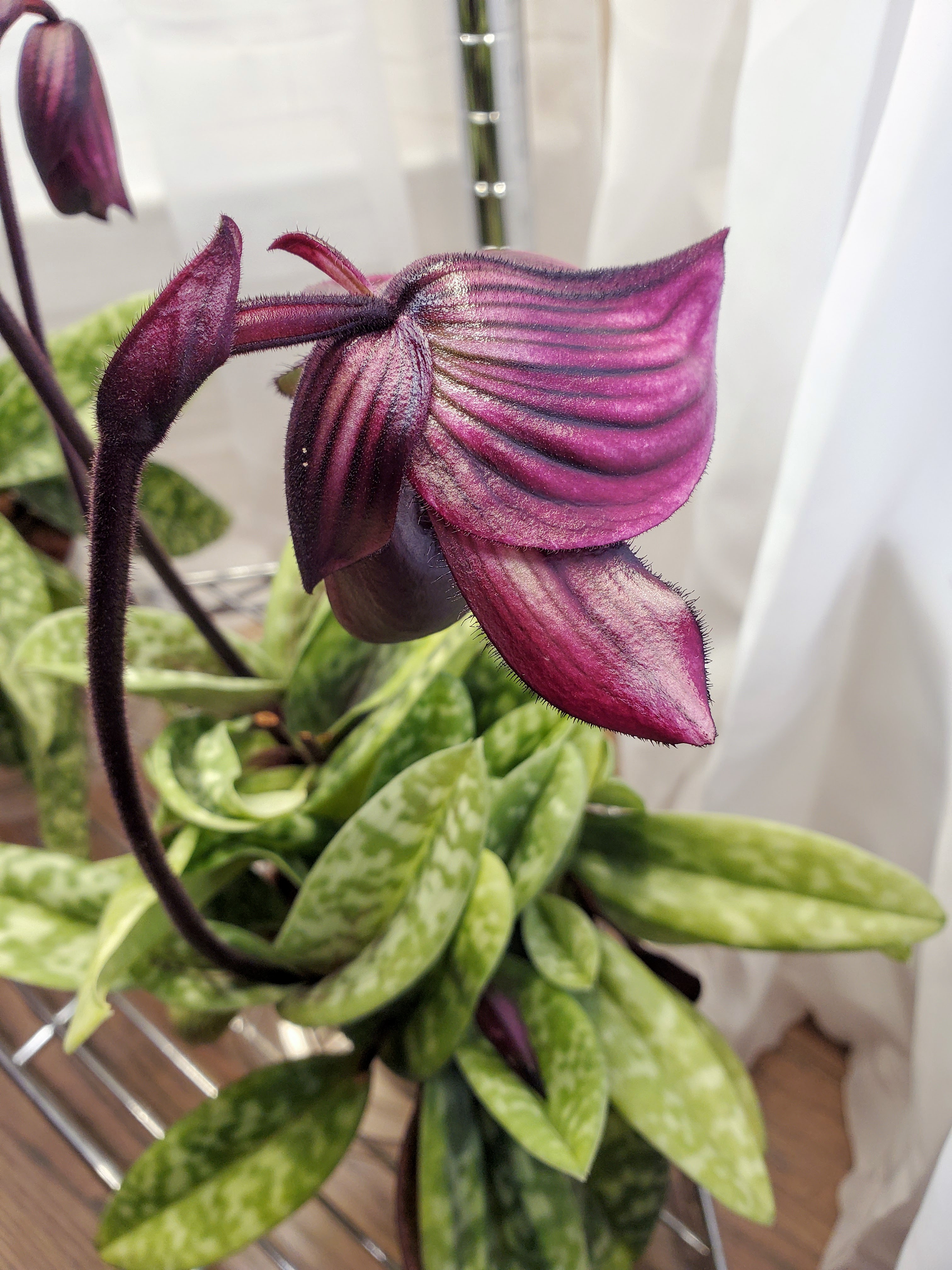 You are almost certainly here because you Googled something like “Can you plant paphiopedilums / lady slippers / venus slippers in lava rock?” And the answer is:
You are almost certainly here because you Googled something like “Can you plant paphiopedilums / lady slippers / venus slippers in lava rock?” And the answer is:
 If you’re not activating “Do Not Disturb” at least a few times a day and really focusing on what you’re doing, you probably aren’t being as productive as you could be. In my experience, it’s nearly impossible to get any work of consequence done without blocking out distractions for discrete blocks of time.
If you’re not activating “Do Not Disturb” at least a few times a day and really focusing on what you’re doing, you probably aren’t being as productive as you could be. In my experience, it’s nearly impossible to get any work of consequence done without blocking out distractions for discrete blocks of time.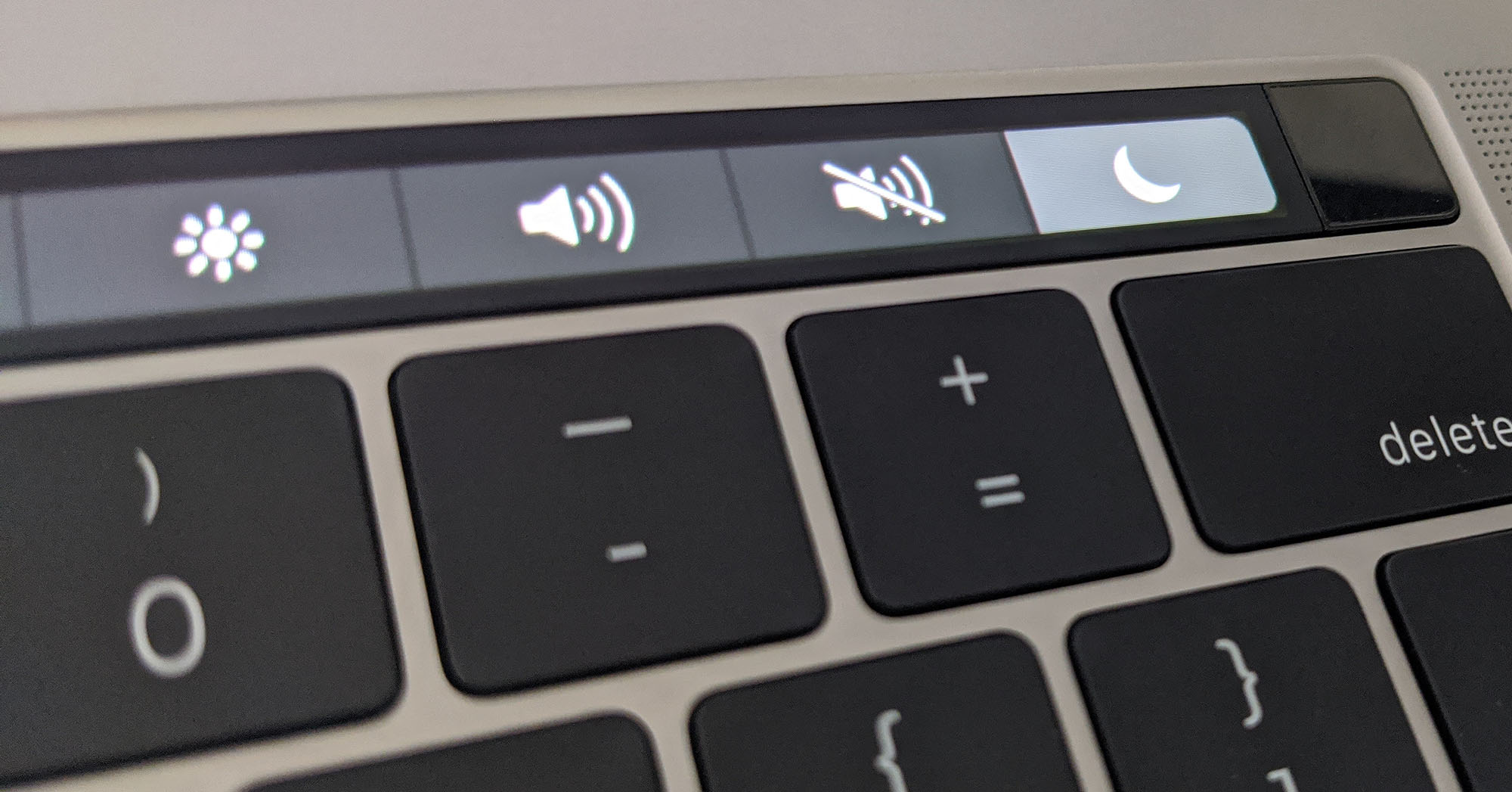
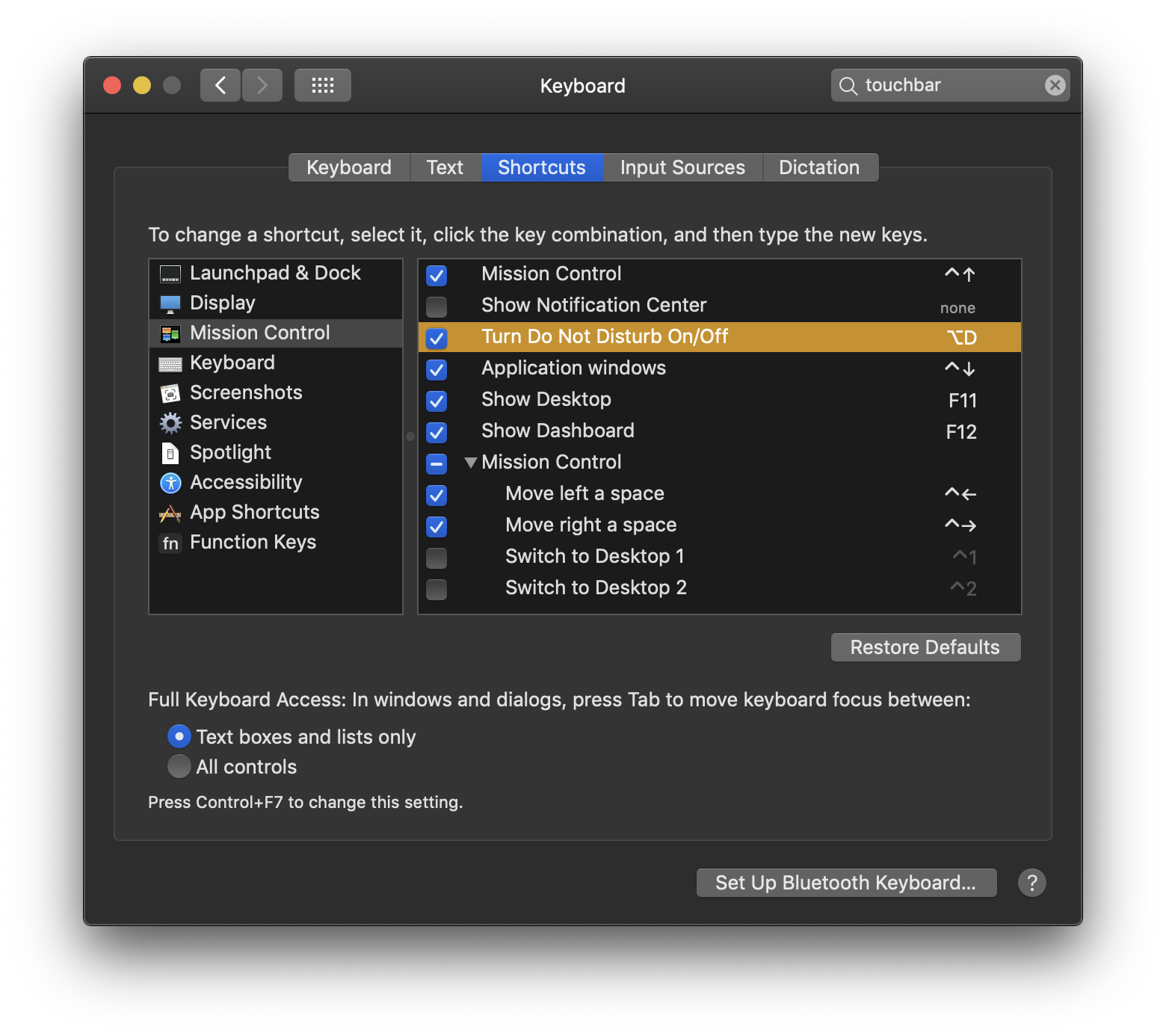


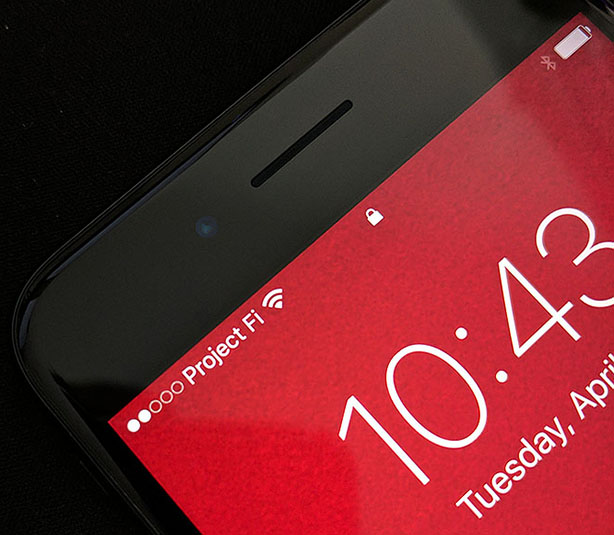 The Adobe Design team builds and prototypes software for all relevant platforms: Mac, Windows, iOS, Android, and the web. A twenty-year career in the software industry has taught me that designing and building software that feels native to its intended platform requires an intimate working knowledge of that platform. That’s why I put a tremendous amount of effort into being equally fluent in every operating system and environment we support.
The Adobe Design team builds and prototypes software for all relevant platforms: Mac, Windows, iOS, Android, and the web. A twenty-year career in the software industry has taught me that designing and building software that feels native to its intended platform requires an intimate working knowledge of that platform. That’s why I put a tremendous amount of effort into being equally fluent in every operating system and environment we support.